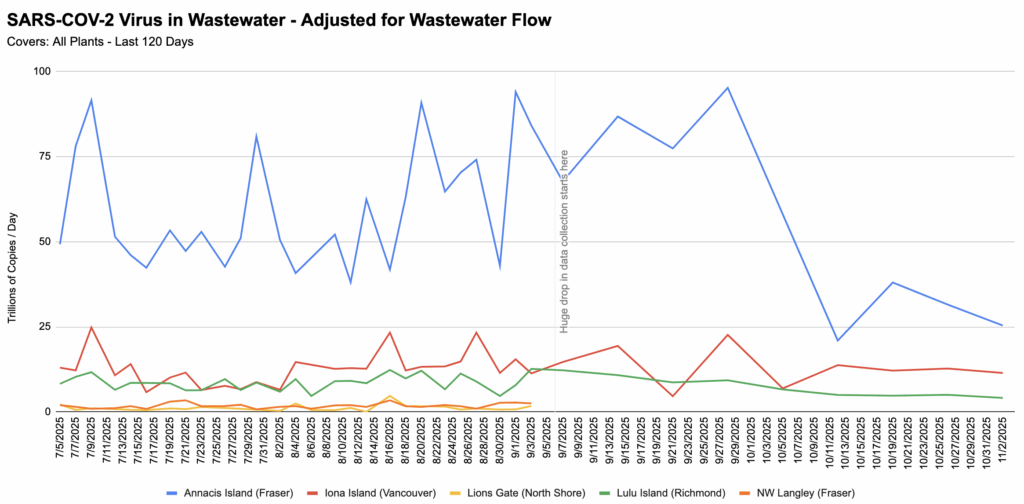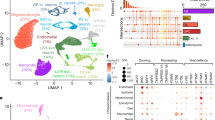“The lake [Superior] is huge and cold and blue and treacherous. It can sink freighters, drown people. In a wind the waves roll in with the crash of oceans.” Margaret Atwood, Cat’s Eye
Approximately 30 hours before I was born – a little after midnight on the 12th of November 1975 – the Edmund Fitzgerald disappeared into the frigid depths of Lake Superior during a vicious winter storm. As rescue craft and nearby ships frantically scoured the tumultuous water surrounding the ship’s last known position, 750 miles southeast, at Mount Sinai Hospital, I was drawing my first keening breaths in this world. It’s almost certain the same Toronto newspaper that published my birth announcement (such things were done back then) also carried news of the tragedy somewhere in its front pages.
It’s thanks in large measure to Gordon Lightfoot’s song that the story is so well known, but here are some facts for the uninitiated:
• The Edmund Fitzgerald, or the Fitz as it was affectionately nicknamed, was launched in 1958, a bulk carrier (a ship that carries loose cargo which is loaded directly into its holds) built for the ore trade.
• At 729 feet it was the largest ship trading on the lakes and would remain such until the early 70s when the first 1000 footers, or ‘footers’ as they are known to those in the industry, were introduced.
• The Fitzgerald transported iron ore from the twin harbors of Duluth, Minnesota and Superior, Wisconsin on Lake Superior, down south to Detroit, Toledo and Cleveland where it was made into steel.
• In 1968, the Fitzgerald set a record for being the first ship to transport 29000 tons of taconite pellets through the Soo Locks (taconite pellets are iron ore balls, roughly the size of a marble, made from taconite rock; to be used in steel making) A month later it broke its own record with a load of 30000 tons.
By all accounts November 9th, 1975, was a beautiful day in Duluth, the kind of day you might go golfing, one commentator on the tragedy remarked, and that’s saying something for Minnesota in November. When the Edmund Fitzgerald departed the Twin Harbors in the early afternoon, gale force winds and temperatures near freezing had been predicted for parts of Lake Superior. Unremarkable for the time of year or for a veteran captain like Ernest M. McSorley, 63, the master of the ship and one of the most respected skippers on the lakes. This was to be his final voyage before retiring. The Fitz was followed by another ore carrier, the Arthur M. Anderson, captained by Bernie Cooper. The captains knew of the storm brewing, the forecast had said as much and obvious atmospheric tell-tales would have spoken to this but by the next morning it became clear the storm had been greatly underestimated. The captains plotted the northern route around Superior – a storm route- hoping to catch some respite from the waves in the lee of the Canadian shoreline. What the Weather Bureau got wrong (they often got it wrong back then) and what the captains weren’t anticipating, was a storm of such magnitude. By the afternoon of the 10th, conditions had deteriorated dangerously. Winds gusted to 85 knots – well over hurricane force – and with them came blizzards and unusually large waves – the worst Captain McSorley had ever seen, according to one of his radio transmissions.
We know now, from information relayed to Captain Cooper, that aboard the Fitz things were getting desperate. Two ballast tank vent covers on the main deck had been destroyed and the ship was listing – a sign she was taking on water. Worse yet, both of the Fitzgerald’s radars had been lost and McSorley was relying on the Anderson for positional reports.
“DON’T LET NOBODY ON DECK!” McSorley was heard to bark at one of his crew during a radio exchange with the Anderson.
Cooper and his officers monitored the progress of the stricken vessel on his radar. The Fitzgerald would have appeared as a green blip, or dot, on the screen. At times the dot would disappear because of interference from the incredibly high seas. The situation was alarming but there was safe water 17 miles ahead, Whitefish Bay, just over an hours steam away.
It would have been dark in the Anderson’s wheelhouse (it always is on a ship’s bridge as this improves your night vision) but a storm like that would have rendered it darker still. In blizzard conditions there is virtually zero visibility from the wheelhouse windows. Cooper was concerned the Fitz might be passing too close to Six Fathom Shoal, a reef located at the tip of Caribou Island on Superior’s eastern shore. Sometime around 7pm Cooper enquired as to the Fitzgerald’s condition and McSorley delivered the now infamous words,
‘We are holding our own.’
Moments later the green dot on the Anderson’s radar screen disappeared. This time it did not reappear.
I’d like you to think a moment on the senses. To consider what a Great Lakes sailor might see, hear and feel in conditions like the one’s these ships experienced. In white out conditions, in a gale on Lake Superior you simply don’t see anything, besides, at night, in a storm there would be nothing to see save for the running lights on the ship’s quarter catching the white froth of the turbulent seas. Ahead, the lake is black and the sky is black and they are as one. You might glimpse lights from distant ships and the shore. Looking out the wheelhouse windows in daylight hours, you would see something like the white static on an old TV when the reception went out or programming had finished for the night. As for sound, it is cacophonous. The shriek of the wind alone is deafening. Add to that the creaking of the long vessel as her hull works, bent to and fro by the tremendous seas. Particularly big waves cause a long ship to shudder from bow to stern, a horrifying feeling that can sink even the sturdiest greenhorn’s heart. The hatch covers wail and scream in protest as the deck flexes beneath them. There might be endless banging from heavy objects improperly secured and the ceaseless pounding of waves on the hull. Out on deck, in freezing conditions in a storm it’s easy to believe that there is a malevolent force at work in the universe, one that wishes you and your vessel harm. Remember, your senses are already heightened by the unrelenting clamor. And then there is the wind that wants to suck the breath from your mouth and flatten you to boot. In this it is abetted by an icy steel deck that renders every step treacherous. Any exposed skin – your wrists, your face – is flayed painfully by the wind. The snow comes at you with the velocity of BB pellets. Stings your cheeks. Blinds you.
A few years ago, my ship was making the same storm route around Lake Superior, beating a course to Thunder Bay. It was a pitch-dark night and the ship lurched unnaturally in the strengthening seas. The wind was a steady fifty, gusting to sixty and higher. Five miles behind us was the S_______. At some point, the wind carried away her anemometer. For the rest of the voyage they had to rely on us to relay the wind speed for their hourly logs.
Past crew members of the Fitzgerald have claimed that the hull moved or ‘worked’ more than most ships. (Remember that large ships, like skyscrapers are made to move, to bend and flex according to the conditions and their cargo.) They said that when they used the side tunnels (the tunnels that run the length of the deck, below the cargo holds) in bad seas, the watertight door at the end wasn’t even visible, such was the corkscrewing of the hull. This might sound familiar to some of my readers, as I had the same experience on another vessel in our fleet, also an ore carrier. For years I heard colleagues and people who’d sailed on her say ‘One day that ships going to break in two…’ and sure enough, at the beginning of last year’s season a 12-foot fissure suddenly opened up amidship in the middle of Lake Superior. Help came quickly and the crew were evacuated safely but if the weather hadn’t been as good as it was the outcome would have been very different. The ship sits in permanent (?) layup in Superior,Wisconsin.
Seven days before the Edmund Fitzgerald sank, she was audited by her insurers. There were found to be discrepancies on hatches 13, 15, 16 and 21. This is not uncommon. These are hardworking ships and the hatch covers and combings take a beating. Four vents on deck were also found to be deficient. The Fitzgerald was permitted one more trip after which the repairs had to be made. Two months ago, delivering grain to Quebec City, a piloting error caused the M_______ to run aground in the St. Lawrence seaway. We managed to tie her up safely within an hour of the incident, but it became clear that significant damage had been done as the ship flopped over with a two-meter list. 15 punctures in all were discovered, ranging in size from a few inches to over six feet long. The reef had made a colander of us. The next two weeks were spent on the wall at Iroquois Lock as teams of divers and welders worked around the clock to seal her up. The process involved a diver placing a temporary patch on the outside of the hull over the hole. Welders went down into the ballast tanks to build ‘coffer dams’ or cement boxes. This entails welding a metal box around the hole, filling it with cement, and finally, welding a lid on it. No small task in a confined space when you’re dealing with a man-sized rend in the ship. When the repairs were completed, an audit was conducted by our insurers who gave us the all clear to proceed. We were given a dispensation to finish the season on the provision that the M_____ dry dock in the winter and do the sizable repairs. When we’re underway carrying cargo and the ballast tanks are empty, wheelsman must do soundings every four hours, to make sure the patches are holding. In the rough winter weather when the hull works extra hard, and with the loading and unloading of cargo there is concern that the cement could crumble or a weld on a box could crack. Otherwise, life aboard continues much as it did before. I am not trying to draw some clumsy comparison of my ship’s misfortunes with the fate of the Fitz. I’m merely illustrating how commonplace sailing with deficiencies is. Time is money, and, in relative terms, the sailing season is short. If you were to investigate, I’m certain you would find dozens of ships operating on the lakes are sailing with some sort of dispensation and 99.9% of the time it’s alright. I sleep just as well as I did before we were holed and I’m sure all of my fellow crew do too. To use a phrase I seem to hear everywhere and absolutely loathe, it is what it is. That is, until it isn’t. And when it isn’t, on the Great Lakes, shit can go south in a hurry.
There is a childish notion – or at least a notion I possessed when a boy, being then, as I am now, ill-versed in the laws of physics – that when a ship goes down it does so gently, as a feather falling from a great height might, describing lazy parabolas as it glides down into the depths to nestle like a plump cat, ever more, on the seabed. This is obviously not the case. When a ship goes down, when it achieves negative buoyancy and passes beneath the surface, it goes down in a hurry, gaining speed the deeper it goes. When it hits bottom it does not ‘come to rest’ softly, it crashes with tremendous force – with the violence of falling buildings. We don’t know exactly what happened to the Edmund Fitzgerald, the firsthand witnesses, all 29 of them, went down with her. We do know that it must have happened quickly. So quick that the crew didn’t have time to launch life rafts or don life jackets (even with a life jacket on in that icy Superior water, you would have about five minutes before you lost consciousness. Within ten minutes you would be dead.) The wreck lies in 550 feet of water and is in two pieces. Did she split apart on the waves? This had happened 8 years before, to the Daniel J. Morrell, another bulk freighter of similar dimensions, that sank in a November storm on Huron. According to the sole survivor of the 29-man crew, when she split apart the bow section sank immediately while the stern section continued on under its own power. It would keep going for another five miles before finally succumbing to the waves. Or did the Fitz break in two after she sank? When she collided with the seabed. And if the Mighty Fitz didn’t split apart then what was it? Did she take on too much water? Founder in those awful seas? Did she hit bottom on six fathom shoal causing catastrophic damage to her hull? Cooper reported that the Anderson was struck by three enormous waves in quick succession shortly before the Fitz disappeared from the radar screen. Was it these that were her undoing? The fabled three sisters of the Great Lakes come to claim her.
The current captain of the M________ was the 2nd mate on the Hilda Marjanne on the night the Fitz went down. They were sheltering in Whitefish Bay when the emergency call went out so the anchor was weighed and they headed out into the open lake. The conditions were awful and there was zero visibility in the wheelhouse. The wheelsman was violently ill and vomited profusely as he struggled to steer a straight course while the ship bucked and rolled in the seas. When the wind blew in three of the windows on the bridge, effectively letting the storm inside, the captain was forced to abandon the search and they turned back for the shelter of the bay. In the course of the turn the steam powered ship rolled severely, knocking one of her boilers and the turbine it powered off line. Chastened, the ship limped back to safety.
Seven years ago, just before Christmas, I had a near miss on the ship I was working on. While I have alluded to the incident in some of my dispatches, I’ve resisted writing about the experience directly for reasons I’m still unsure of. Surely, for a writer of the nautical experience, being thrown from a punt into the icy water and nearly copping it in the freezing water of the St. Marys River, a few miles from Whitefish Bay, the same safe water the Fitz never made it to, surely that would be great fodder for the page. Surely that would be the ‘gold’ Joan Didion once referred to in a documentary on her life. But I haven’t and perhaps that is for a therapist to unpack. I don’t believe I was, or am, unduly traumatized by the incident, though people said I would be. Occasionally, I have the odd bad dream and wake with a start, but I am and have always been an inveterate dreamer of bad dreams and what’s more, my near miss, that five minutes I spent in the water is trivial when compared to the suffering people less lucky than me have endured. Of course, the incident cost most of the hearing in my left ear, which, to be sure, is a bit of a bugger but seems piddling when compared to the unspeakable traumas many people around the world incur daily. On the whole, I’ve been content to describe the humdrum day-to-day life of a Great Lakes Sailor, the stultifying routine and yes, the odd bouts of excitement. And then there is the great beauty of the natural world that I am often privy to. I have been careful not to romanticize my experiences either, but I will say this about my accident – as I bobbed there in the river, pulled one way by the rivers current and another by the life ring and rope tethering me to the ship and after those first exploratory tendrils of icy cold water permeated my thick winter layers and then, quickly engulfed me and my boots filled and became so heavy it felt as though ghoulish hands had me by the ankles and were trying to pull me under and were only prevented from doing so by my life jacket, which for some reason that day I had chosen to zip up correctly rather than wear it loose as I had done all season – as I got colder and my senses dulled, my initial terror subsided and instead was replaced by a kind of stunned reticence, it felt like a dimmer switch was being slowly dialed down on my consciousness and I was content to let it. But I do remember, despite this brain fog, distinctly thinking three things. First of all, how sorry I was that my parents were going to receive a terrible phone call on Christmas eve of all days. Secondly, how bummed I was that I would not be finishing Olivia Manning’s Fortunes of War trilogy, which at that point I was halfway through. And thirdly, and so unfair and absurd was this notion that I actually remember chuckling to myself, I thought, are you fucking kidding me? All the stupid shit I have done in my life and this is how I’m going to go out? For work! For my job! For a pay cheque? It struck me as a rip off. Who knows what thoughts exist in the secret minds of men? When the jig is up and the clock is running out. I know what mine were, and they were startling in their banality. The men on the Fitzgerald, they weren’t heroes. They were just doing their jobs too. Fathers, husbands, brothers, sons, cousins, uncles, friends. A lot like the men (and occasional women) I sail with here. Folks who choose to spend half the year away from their loved ones, to miss out on birthdays, Christmases, first steps and graduations, to afford a better life for their families. A life they could not easily furnish with wages earned ashore. Thankfully, my parents did not receive a phone call. The company made me sign a wager absolving them of any responsibility in the accident while I was still dripping wet, but I got to go home for Christmas.
The Edmund Fitzgerald was the last modern freighter to sink on the lakes. There were no survivors of the tragedy and not a single body has ever been recovered. As Gordon Lightfoot sings the lake ‘never gives up its dead.’ This is no fabulist’s claim. Because the water is so cold year round in Superior, the decomposition process that causes a body to resurface is hampered, therefore when you drown, you stay down, your body preserved. The tragedy caused a change in safety standards industry-wide. Better life rafts with hydrostatic releases were introduced as well as the issue of an immersion suit to every man on board. Weather forecasts are much more reliable these days too. With an app on my phone I’m able to get a good idea of what the wind speed and wave height will be like anywhere in the world right now and in the days to come.
For the past week we have been hammered by November storms. Much of this essay was written at anchor off Long Point in Lake Erie, where we sought refuge along with nine other ships. For 48 hours the wind did not drop below 30 knots and regularly gusted to 50. As I sat typing in my cabin I could hear the wind rage, rattling the super structure around me. Sleet and snow frenzied at my cabin window. At times the ship strained against the anchor chain and sent judders through the hull which I could feel 600 feet aft at my desk. Despite being in the lee of Long Point, the waves were tall and relentless. For 24 hours there was not a single ship moving across the entirety of the Great Lakes. Currently we’re storm routing up the American side of Lake Huron and we anticipate many more weather related delays before the season is done. Winter has arrived and this year her claws are out.
November 10th marked the 50th anniversary of the loss of the Edmund Fitzgerald and two days later, I turned 50. I was in the UK on the day of my birthday, and in the morning I went for a run in Victoria Park with my girlfriend’s dog, a black working cocker named Sissy. The dirt path was strewn with leaves and the air was brisk and there was the pleasing smell of wood smoke coming from the chimneys of the long boats on the canal. Occasionally Sissy would take off at great speed to tree a grey squirrel, kicking up an exhaust of red and yellow leaves as she did so, or she’d stop to roll ecstatically in something foul but for the most part, we ran side by side. I found myself looking down at her from time to time, and marveling at this creature, her glistening pelt, her effortless gait. Sometimes she would glance up at me. ‘What a good girl,’ I told her, because she was. I felt a fluttering in my chest, a spreading warmth, because she looked so pleased, so happy and I was as surprised as anyone to realize then, that I was happy too.
50 is, to me, a hell of a number and turning it has taken some processing. Have I valuable insights to offer the youth from my lofty vantage? Not really. Try and be kind and make your bed are about the best words of advice I feel qualified to proffer. Oh, and read more. Most of the men on the Fitzgerald never got this chance. These years. I think of them often, especially around my birthday. What they may have gone through and their thoughts in those final, awful minutes and seconds. As all 29 of them were leaving this place, I was just arriving, so close they might have held open the door.




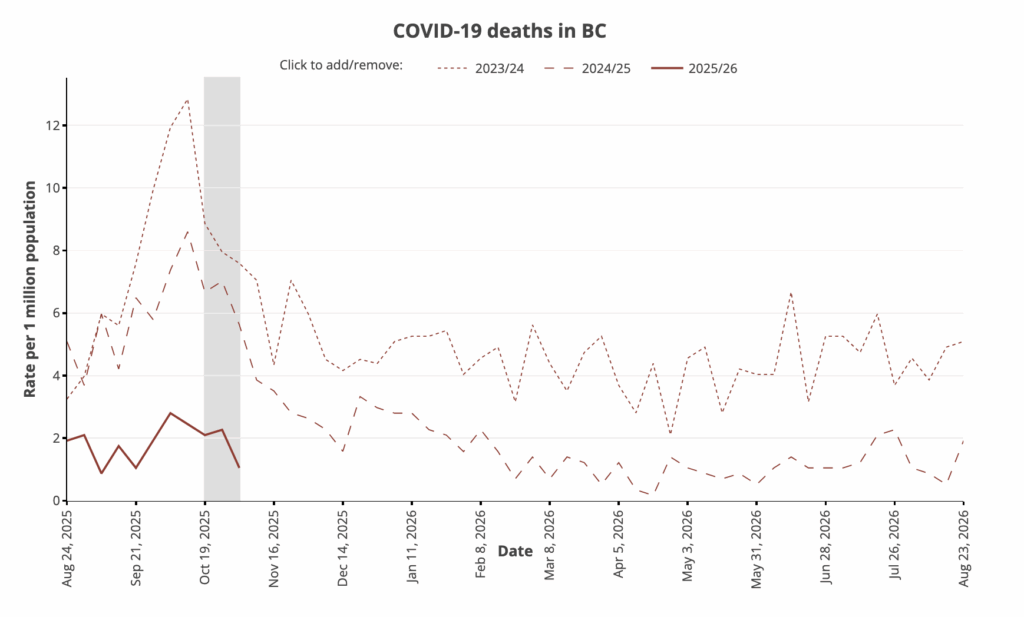
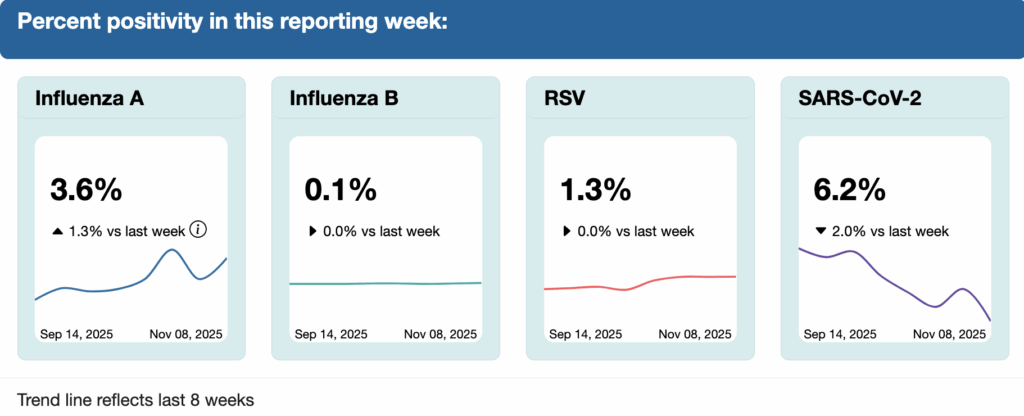
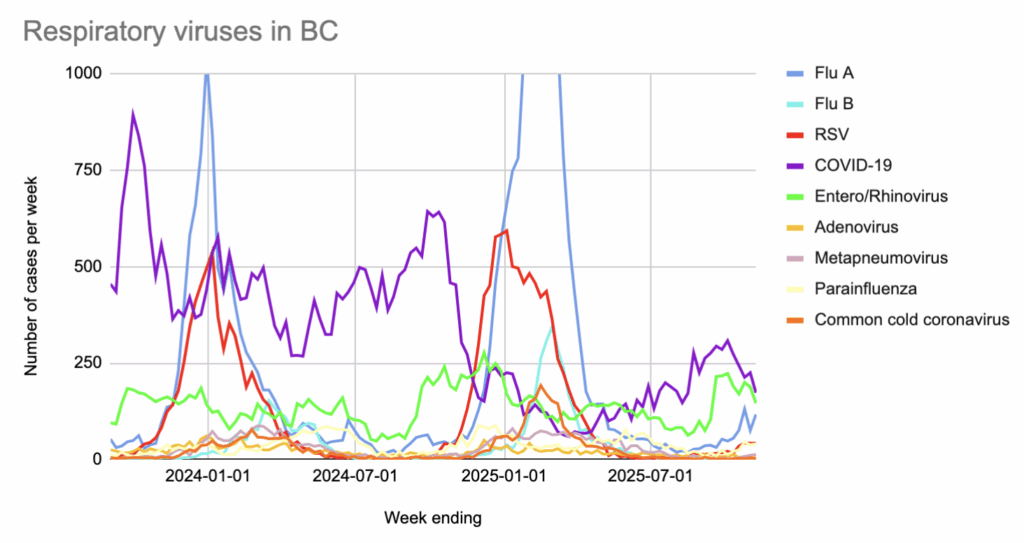

 From
From 